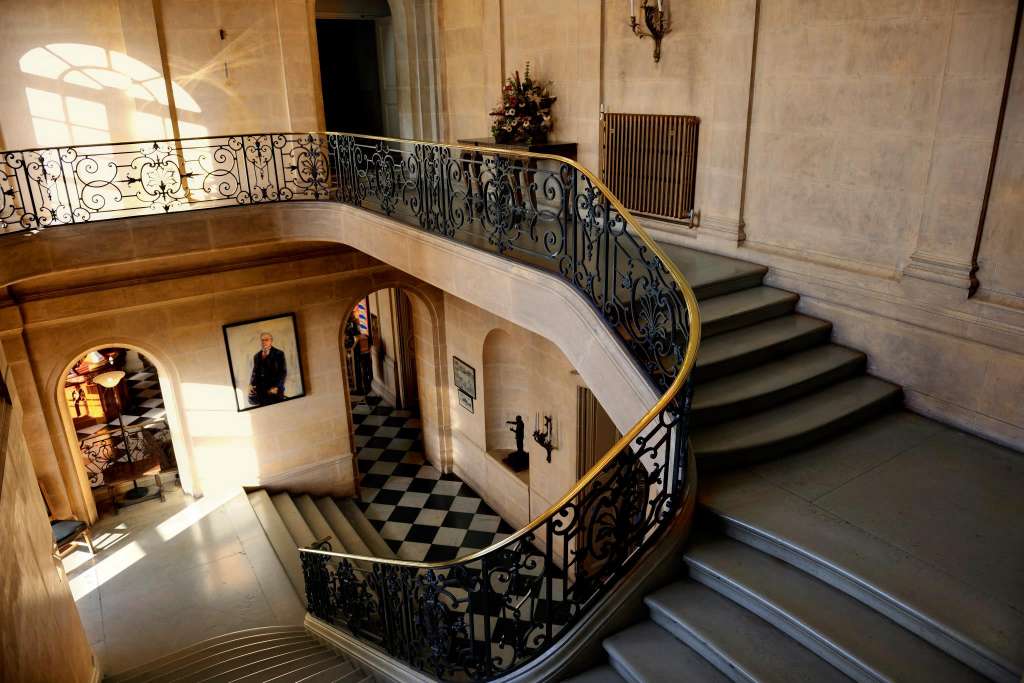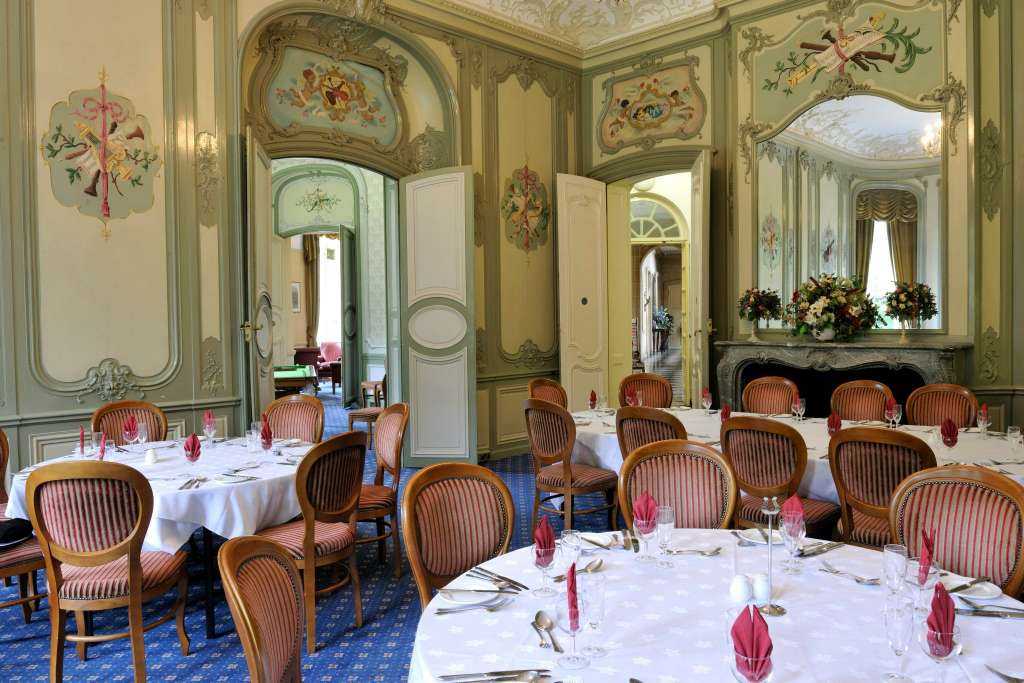Appeal success: Harmful plans for historic Surrey estate thrown out
8th December 2022
Plans opposed by SAVE Britain’s Heritage to harmfully alter grade II listed Esher Place in Surrey have been refused by the Planning Inspectorate on heritage grounds.
The decision follows refusal of the plans by Elmbridge Borough Council in November 2020 and two public inquiry hearings in March and September 2022 triggered by appeals by applicant Birchwood Homes. SAVE Britain’s Heritage submitted statements of objection to the inquiry hearings alongside evidence from the Council and a local campaign group.
Under the proposed scheme 36 new dwellings would have been built within and around the house on the edge of Esher village in Surrey. The grade II listed mansion, which is currently owned and run as a conference centre by Unite the union, would have been sold and subdivided into 21 two bed flats. A new three storey block of eight further two bed flats would have also been added to the east wing of the crescent shaped mansion and a further five new houses built immediately either side of it. The parterre lawns in front of the house would have been paved over to provide a new car park.
In his decision report refusing all six appeals, Inspector Patrick Whelan attributed great weight to the historic significance and qualities of the grade II listed mansion, stating that: “highly crafted, expressive elements in the language of its architecture give the listed building a very high degree of historic and architectural significance.” Considering the heritage harm of the appeals schemes, he found “clear reason for refusing the development” on the basis that: “Notwithstanding all the benefits of the proposal, which attract significant weight, they would not outweigh the very considerable harm to the significance of the listed building and its setting, and the conflict with the development plan, when read as a whole.”
The inquiry hearings follow a two-year campaign where SAVE worked closely with local community campaign group Esher Residents Association (ERA), who raised the initial SOS over the plans. We also supported a request made by ERA to Historic England to reassess the building’s heritage significance which we understand is now in progress. A comprehensive heritage significance report accompanying the listing review was also commissioned from heritage consultants Alan Baxter Associates, which echoes concerns raised by SAVE that the existing listing, written in 1975 without any internal inspection of Esher Place, is out of date and in urgent need of reviewing.
SAVE first objected to the proposals in September 2020 citing a number of heritage and planning concerns. Of greatest concern was the substantial harm caused to the grade II listed house through subdivision and harmful alterations to its unusually intact historic interiors, designed by William Kent and subsequently extended and embellished by George Thomas Robinson and Achille Duchêne.
Also of concern was the applicant’s choice to submit the plans under six separate planning and listing building consent applications, despite the fact that Esher Place and its grounds are a single entity. We highlighted in our objection that such an approach to planning made it impossible to assess the cumulative heritage impact on the building and grounds as a whole.
A further concern echoed by Council officer in their planning committee report was the insufficient quality of the applicant’s heritage assessment submissions, which included a number of inaccuracies and a lack of any detailed assessment of the scheme’s cumulative impact on the listed building and its setting.
History
The original residence at Esher Place was a Tudor house belonging to the Bishop of Winchester, subsequently remodelled in 1730s in a gothic style by William Kent. Only the gatehouse, Wayneflete’s Tower, survives from this earlier phase – now listed at grade I but separated from Esher Place by surrounding housing.
The current building was constructed for the first Viscount d’Abernon in 1806—1808 to the designs of Edward Lapidge. The house was subsequently enlarged in the 1890s by designers George Thomas Robinson and Achille Duchêne in the style of a 19th century French chateaux. Its sumptuous interior survives largely intact from this period and includes a variety of features including Duchene’s Dixhuitieme stone staircase and balustrade decoration, both noted in the house’s entry in Pevsner.
The gardens around the house are well preserved and full of historic features of high heritage significance. The gardens were designed in two phases by two important figures – the noted French designer Achille Duchêne and the celebrated English designer Sir Edwin Lutyens.
The Duchêne work of the 1890s includes the sophisticated forecourt design, complete with curved stone balustrade, stone steps and shaped lawn parterres on the gently rising ground in front of the splayed house and wings. The designed landscape was embellished further in 1905 by Sir Edwin Lutyens and includes a remarkable surviving semi-circular Sunken Theatre with adjacent stone balustrade, and also a Sunken Garden with a linear pond.
In 1930 Lord d'Abernon sold off much of the gardens for suburban development and the house became the Shaftesbury Home for young children. In 1952 the school sold the building to the Trades Union as a training and conference college and sold off more land, so that by the end of the 1950s the surrounding suburban development had encroached into the grounds of the house as seen today.
Despite its modern-day use and conversion as a conference centre, the main building has largely retained its historic ground floor plan and decorative schemes within the principal rooms which survived largely intact in their original historic form.
Esher Place remains one of a series of famed Surrey estates that were celebrated in their time and influential in the development of taste, such as Ashtead, Claremont, Hampton Court and Painshill
ENDS
Note to editors
1. For more information and images contact Ben Oakley, Conservation Officer at SAVE Britain's Heritage: ben.oakley@savebritainsheritage.org/ 020 7253 3500.
2. SEE HERE for further history and background on the house and campaign.
3. SEE HERE for the Statement of Significance prepared by Alan Baxter Associates for Esher Residents Association.
4. SAVE Britain’s Heritage is an independent voice in conservation that fights for threatened historic buildings and sustainable reuses. We stand apart from other organisations by bringing together architects, engineers, planners and investors to offer viable alternative proposals. Where necessary, and with expert advice, we take legal action to prevent major and needless losses.







